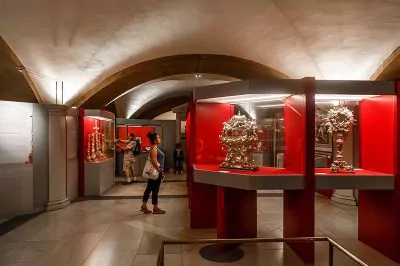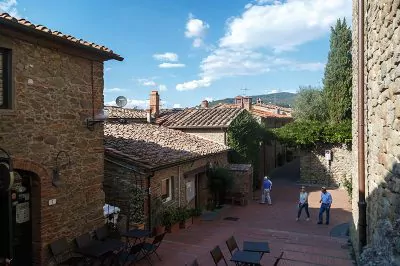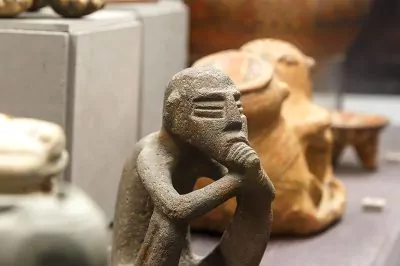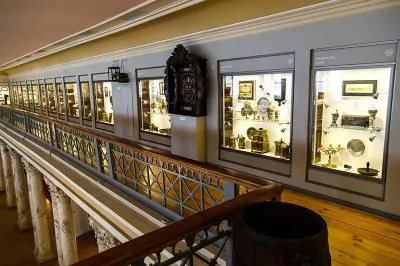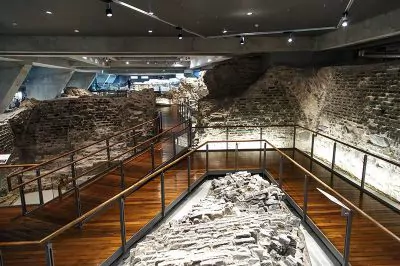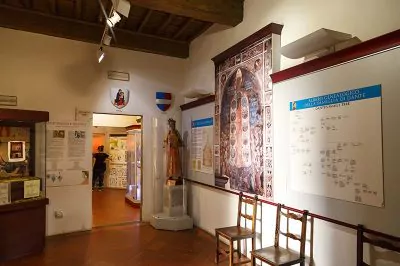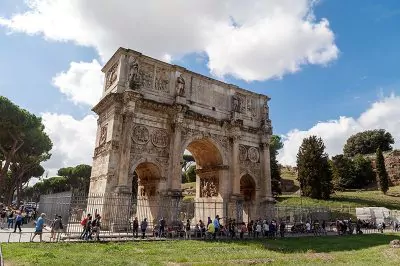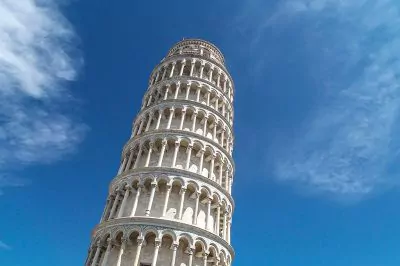
Cathedral of Florence: The Duomo
Florence Cathedral, also known as Santa Maria del Fiore or Duomo, is the imposing structure seen from every point in Florence. With its size, it has become the most important structure that defines the silhouette of Florence by affecting the texture of the city.
Built between 1296 and 1436, the cathedral can be seen from every hill in the city. Arnolfo di Cambio laid the foundation of the cathedral, which was not finished for many years, and then Giotto took over the architecture and continued to develop the building. After 1357, the architects Francesco Talenti and Giovanni di Lapo Ghibi partially completed the building and it was inaugurated in 1412.
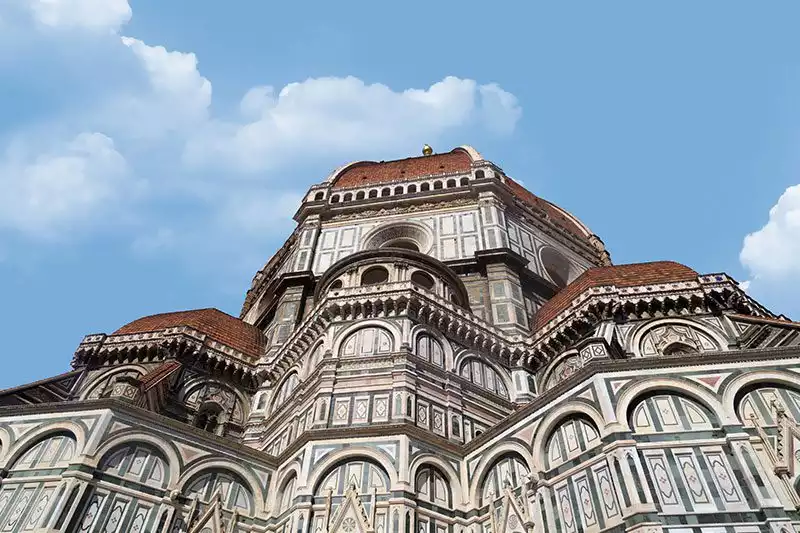
From 1420 until 1436, the year the cathedral was finished, the Florentine architect Filippo Brunelleschi finished the construction of the dome. The dome was built with techniques that had never been used before and Brunelleschi developed many inventions for its construction. The cathedral is also called Duomo because of its construction technique and size. With the completion of the dome, the cathedral was consecrated by Pope Eugenius IV and opened for worship the same year.
One of the most striking parts of the cathedral is the frescoes on the dome. Giorgio Vasari designed the frescoes that can be seen from the inside of the cathedral, but it was the Italian painter and architect Federico Zuccari who painted the frescoes.
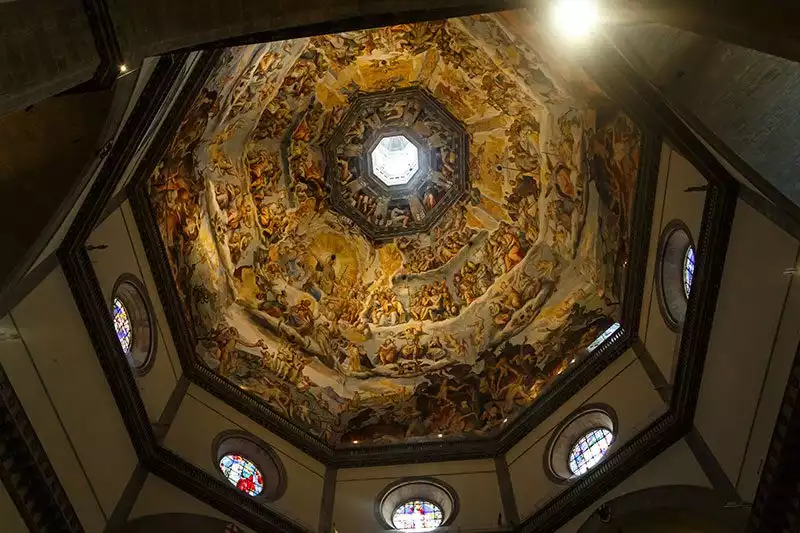
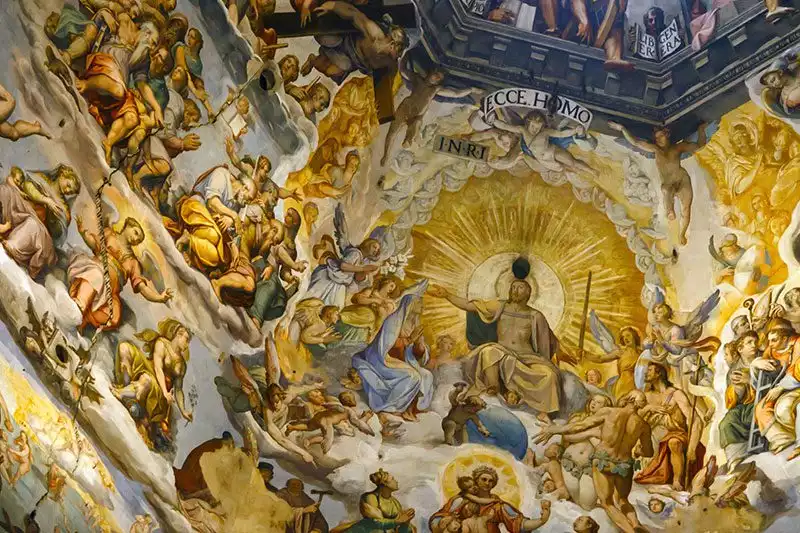
The bell tower next to it started out as Giotto’s work, but just like the cathedral, it was transformed into what it is today by Filippo Brunelleschi. The tower is still called the Giotto Bell Tower.
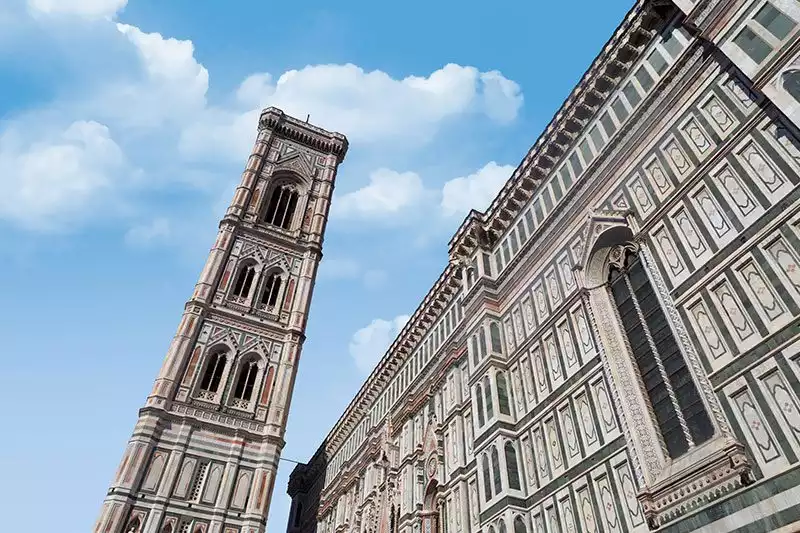
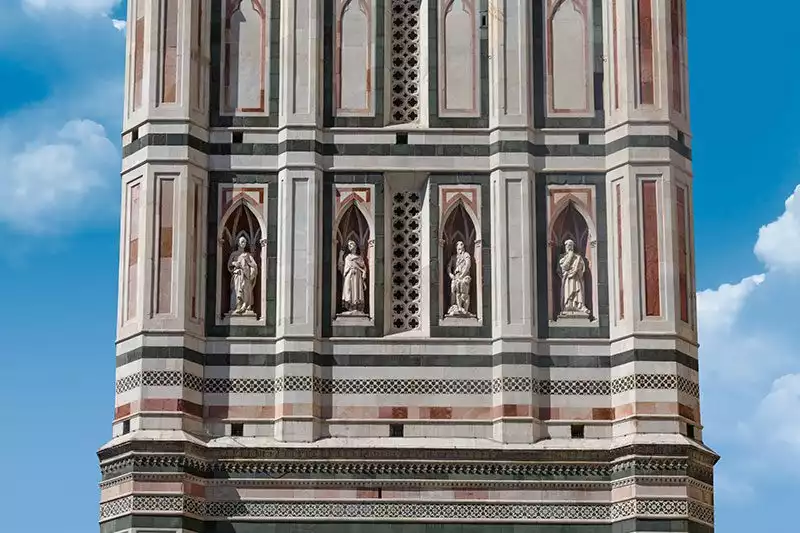
Brunelleschi’s tomb is also located here, in the basement, due to the great work of Brunelleschi. The Duomo was built over the Church of Santa Reparata, which existed before the cathedral. The remains of the old church can also be seen in the basement.
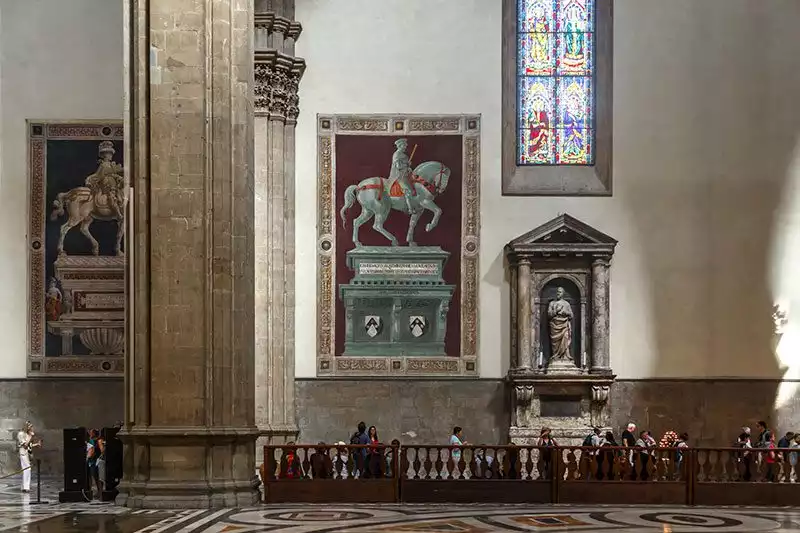
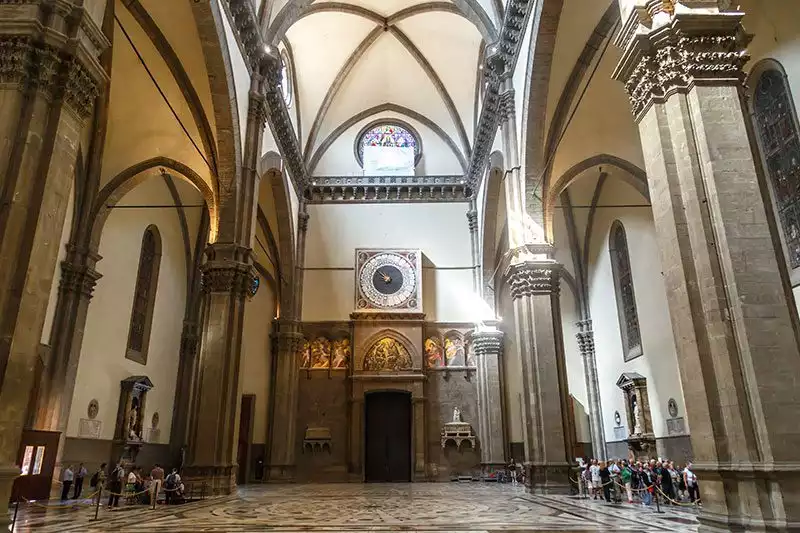
One of the things travelers miss when visiting Florence Cathedral is the clock just above the entrance. In its corners are the pictures of the 4 evangelists who wrote the Bible to spread Christianity. The clock, made by Paolo Uccello, is set according to the timing used in Italy at that time, according to the sunset, unlike the clock we use today, which is set according to midnight in France.
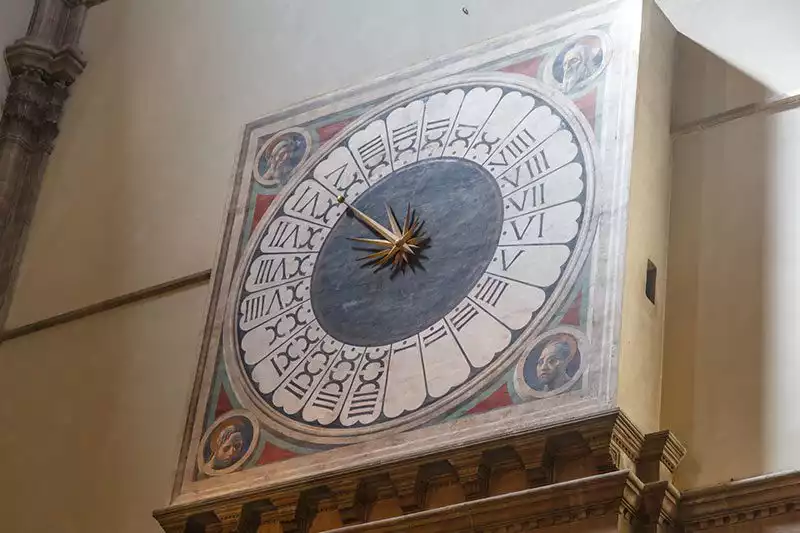
The popularity of the cathedral makes it very crowded. Entrance to the Duomo is free. But although there are many queues, the queues move fast. However, you have to pay to go up to the dome and bell tower. If you are very eager, you may need to spend a few hours of your day here to get your turn in this crowd.
